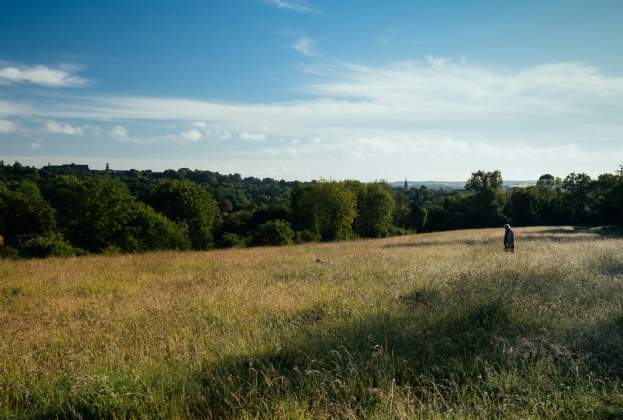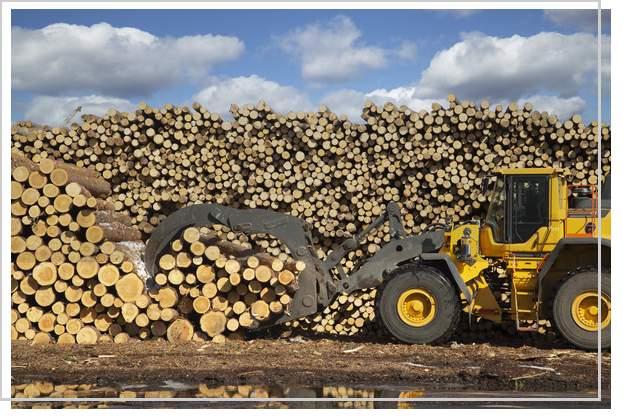Many residential markets are now resting on an expensive but stable ‘high plateau’ so buyers are looking for the next up-and-coming ‘global hotspots’. They are faced with some unfamiliar choices.
World city house price growth has been high, not just in the UK. London’s mainstream residential price grew by 48 per cent since 2012 but this pales against Chinese cities. Shanghai homes, for example, grew by 123 per cent over the same period. Other world cities have seen high residential price growth over the same period. San Francisco rose 81 per cent, Dublin 80 per cent, Amsterdam 77 per cent, Vancouver 70 per cent, Sydney 62 per cent and New York 60 per cent. Asset price inflation has been a symptom of low global interest rates. The UK is not exceptional.
Are there any growth markets left? The asset price growth which started at the top end of the residential markets in many cities has worked its way down the housing ladder and outwards to new neighbourhoods and regional towns and cities.
Global hotspots for residential growth are those alternative markets which have not seen such high level of house price growth. Examples include Oakland rather than San Francisco, Hobart rather than Melbourne, Manchester rather than London, New Territories rather than Hong Kong Island. Spotting the next up-and-coming neighbourhood in world cities remains a potentially lucrative way of investing.
For global investors willing to invest in property companies and Real Estate Investment Trusts (REITS), options are markets which have seen a rapid rise in Millennial renting (most developed countries have) but a late response from institutional investors developing purpose-built letting units. We expect this sector to develop fast from a standing start in Australian cities, particularly Sydney, for example.
European cities are a relatively low-risk option for those seeking capital growth but, like all overseas purchases, comes with a currency risk. Weak sterling works against UK purchasers but high-income yields may still make this worthwhile. European cities which offer local, business and tourism letting potential, as well as some further scope for capital growth, fit the bill nicely. The hot markets are cities like Madrid, Barcelona (though with some political risk), Milan, Amsterdam, Dublin and Paris.
The final category of global hotspots are not for the faint hearted. Cape Town, for example, is an attractive, growing ‘lifestyle city’ but volatile currency, drought and geopolitical issues will limit its appeal. Other big, fast-growing African cities like Lagos and Nairobi are probably just too volatile and far up the risk curve for all but the most adventurous and experienced investor. Other high risk cities with youthful, tech-savvy populations and strong prospects for residential value growth include Shenzhen in China, Beirut, Tel Aviv, Ho Chi Min, Santiago and Buenos Aires but difficult to access so specialist, local knowledge would be required. Tourist resorts in Asia Pacific, poised to capture growing Asia tourism also fall into this potentially lucrative but very high risk category.
For most people, the recent words of Xi Jinping, China’s president are probably worth heeding. In his October address to Congress, he stressed that ‘houses are built to be inhabited, not for speculation’. That may be a message with resonance beyond Chinese borders.
.jpg)
.png)
.png)
.jpg)
.jpg)




(1).jpg)
.jpg)
